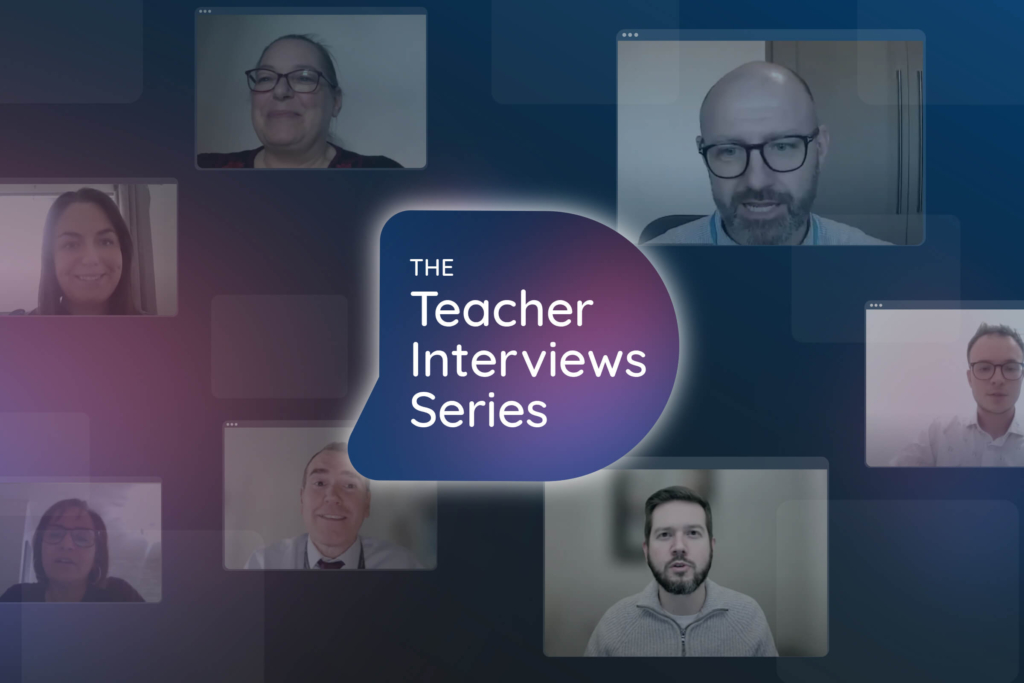


8 things to do when messaging schools

As you’ll know, teachers are very busy people. With lessons to plan, assessments to mark, assemblies to attend and more, their day-to-day schedules are pretty jam-packed.
So, how do you get their attention? And how can you demonstrate quickly that your education offering is too good to ignore? We’ve listed eight things to do when messaging schools to help you increase your engagement rates. Whether you’ve delivered education marketing campaigns before, or you’re completely new to this space, be sure to follow these steps…
1. Build a targeted mailing list 📋
Email marketing is a popular way to attract teachers’ attention. If you’re planning on sending email campaigns to schools, the first step is to identify the education staff most relevant to your offering and build a focused marketing mailing list. For example, if you provide learning experiences for Key Stage 3-4 pupils, you might want to include School Trips Coordinators, KS3 and KS4 Science teachers, Heads of Biology, Chemistry, and Physics.
Creating a targeted mailing list will help you to improve your campaign engagement rates, as teachers will quickly see that your campaign is relevant to them and therefore will be more likely to engage with it. But, it’ll also enable you to create more focused, impactful marketing content that speaks to your specific audience and addresses their priorities and challenges.
If you don’t have access to teachers’ direct email addresses, but you have schools’ generic email addresses, include ‘FAO: KS1 Coordinators’ at the start of your email subject line to help make sure your message lands in your target recipients’ inboxes.
To help you choose the right education contacts, make sure to check out our list of UK education job roles.
2. Develop a long-term marketing strategy 📅
The education marketing sector is busy and highly competitive. That’s why it’s important to increase your brand awareness and visibility with long-term marketing campaigns, building teachers’ trust over time.
Establish regular marketing touchpoints to remind teachers how you can support their learners and school community. These marketing touchpoints could be email campaigns, social media posts, postal marketing campaigns, blog posts or newsletters to name a few! And they need to stand out – use compelling copy, eye-catching colours, high-resolution photos, and make sure your website content is in tip-top shape as that’s where teachers will likely head to, to learn more about you.
And remember, nurturing your warm leads (teachers who’ve engaged with your campaigns) is a MUST for generating new school bookings, so make sure to include follow-ups in your long-term marketing strategy.
3. Emphasise the benefits straight away! ✅
It might seem obvious, but when messaging schools it’s important to tell education staff how their pupils or colleagues will benefit from your learning experience.
Whether you’re sending an email campaign, a postal campaign, posting on social media, or using a different marketing channel to promote your service, you should always ensure the benefits of your offering are immediately visible within your marketing content. And remember, formatting matters. So make sure they’re easy to skim-read by placing them in bold or using bullet points or ticks, for example:
- Improve staff and pupil wellbeing
- Increase student engagement
- Enrich your KS2 science curriculum
4. Include the key information 💡
Make it easy for teachers to understand what you offer by only including the important information. To help you structure your marketing content, aim to include the who, what, where, when, why and how, but in this order instead….
- Who – Briefly introduce your organisation, and make sure it’s clear who your products or services are for e.g. EYFS and KS1 learners or KS3-KS4 SEND students.
- What – Tell teachers what your offering involves and include pricing if applicable.
- Why – Tell teachers why they should choose your products and services and how their pupils and staff will benefit.
- When – Include key dates and booking deadlines.
- Where – If you offer school trips or onsite visits, make sure to mention where your learning experiences take place.
- How – Explain how your products and services work and make it clear how teachers can book.
Remember, less is more. Keep your messaging clear and concise with digestible info – no waffle or jargon! You don’t need to include all the above information in one message, but instead, across a series of campaigns.
5. Include action shots 📷
Include high-resolution photos in your communications, preferably of school groups, showcasing your learning experiences in action.
Visuals are a great way to keep your marketing content short and sweet, as they communicate information, for example, how your services work, without adding to the word count.
And they’re an effective tool for building your brand credibility and teachers’ trust – absolute musts for increasing school enquiry numbers.
6. Add testimonials and case studies ✍️
As mentioned above, photos are a great way to build social proof as they demonstrate your offering in action and show that you’re a reputable provider.
We recommend including testimonials from schools too, for example, quotes from visiting pupils who loved your educational product, or staff who observed a marked increase in pupil engagement during their visit. If you have permission, include the teachers’ name, school name and job role if you can, to demonstrate that your social proof is genuine.
Videos and video case studies are also an effective and creative way to engage teachers, as you can include interviews with teachers and pupils who use your resources, and clips of your staff explaining the benefits of your products.
7. Catch teachers’ attention with lead magnets 🧲
Lead magnets are resources or marketing assets e.g. free guides or checklists, offered to customers in exchange for their contact data. In education marketing, they’re an effective tool for increasing teacher engagement and growing your database of schools.
Consider offering teachers a free activity pack or poster relevant to your offering that supports their teaching and lesson planning. For example, a free meditation guide for students, or a 3-step checklist on how to grow a pepper plant – just make sure it’s relevant to your offering and of value to teachers!
And make sure you follow up with the teachers who signed up. By nurturing these contacts, you’ll be able to open up new conversations around your learning experiences and, in the long run, boost your school bookings.
8. Time it right ⏰
Connect with teachers at the right time and allow plenty of time for them to book or sign up (they may need to get approval from senior members of staff).
The optimum time to send marketing campaigns to schools varies from organisation to organisation, so it’s best to test different days, times of the day, and months to see which combinations generate the most leads for you.
And don’t be afraid to send email marketing campaigns during the school holidays, many teachers do pick up their emails outside of term time, and it’s often a key time when they do their planning.
If you’re sending campaigns to schools nationwide, just be mindful of the different term dates.
Follow these 8 tips when messaging schools!
Now you know what to do when messaging schools, it’s time to start marketing to your chosen teachers and education staff. And remember, our specialist team are on hand to help throughout the academic year.
We can provide you with access to your own custom-built education database, or help you send compelling and eye-catching campaigns with support from our specialist creative team. To get started, simply email us at info@buzz-education.com or give us a call on 01257 460036!





